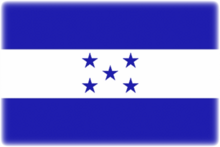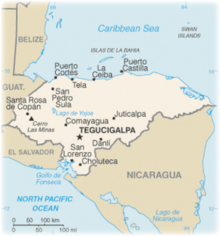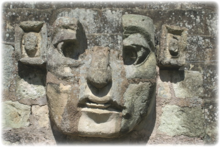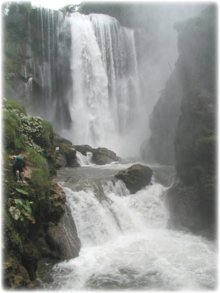
General Information
| Languages : | Spanish, Amerindian dialects |
| Currency : | lempira (HNL) |
| Time Zone : | EST -1hrs |
| Capital City : | Tegucigalpa |
| Population : | 7 Million |
| Government : | Democratic constitutional republic |
| Total Area : | 43,278 mi² |
| Climate : | Subtropical in lowlands, temperate in mountains |
| National Holidays: | Independence Day, 15 September |
| Additional Info: | Unlike some of the larger countries in Latin America, much of Honduras can be seen in a two-week visit. Lots to offer from pristine beaches to old Mayan ruins and remote jungles. |
Destination Activities
Activity Details
Ecotourism
An important part of the multi-ethnic prehistory of Honduras was the Mayan presence around the city of Copán in western Honduras, near the Guatemalan border.
In La Mosquitia, lies the UNESCO-world heritage site Rio Plátano Biosphere Reserve, with the Coco River which divides the country from Nicaragua. Honduras is part of Mesoamerica. The region is considered a biodiversity hotspot due to the numerous plant and animal species that can be found there. Like other countries in the region, Honduras contains vast biological resources. This 43,278 square mile country hosts more than 6,000 species of vascular plants, of which 630 (described so far) are Orchids; around 250 reptiles and amphibians, more than 700 bird species, and 110 mammal species, half of them being bats.
Copán - The kingdom, anciently named Xukpi (Corner-Bundle), flourished from the 5th century AD to the early 9th century, with antecedents going back to at least the 2nd century AD. The site in Copán is perhaps best known for producing a remarkable series of portrait stelae, most of which were placed along processional ways in the central plaza of the city and the adjoining "acropolis" (a large complex of overlapping step-pyramids, plazas, and palaces).
Punta Sal National Park - includes a tropical rainforest and a beautiful coastline. Appreciate flora and fauna on small hikes through the protected area.
Pico Bonito National Park (PBNP) is located on the north coast of Honduras, in the mountain range called Nombre de Dios, to the southwest of the town La Ceiba. It is part of the Mesoamerican Biological Corridor (MBC). The 2,436m (almost 8,000 ft) high Pico Bonito peak is the centerpiece of the park of the same name. It's the third highest peak of the country. Within the protected area you can find waterfalls up to 80ft high.
The Rio Platano Biosphere Reserve is located on the Rio Plátano in the La Mosquitia region on the Caribbean coast of Honduras. It has been a World Heritage site and biosphere reserve since 1980. The reserve encompasses both mountainous and lowland tropical rainforest, full of diverse wildlife and plant life, in which at least 2000 indigenous people continue traditional ways of life. Las Marias is a village located in the heart of the Rio Platano Biosphere. It is a picturesque, traditional village with a young eco-tourism program. While there, paddle kayaks up the Rio Platano or hire a guide and hike through the jungle and build a balsa raft to go back down. Most visitors charter a motor canoe to make their trip to Las Marias. You can organize your trip with a tour operator, or fly into Palacios and charter a boat yourself.
Scuba Diving
Roatan, located between the islands of Utila and Guanaja, is the largest of Honduras' Bay Islands. Located near the largest barrier reef in the Caribbean Sea (second largest worldwide after Australia's Great Barrier Reef), it has become an important cruising and scuba diving destination in Honduras. This dive location offers a plethora of options and fantastic photography opportunities from wall and wreck diving to whale shark spotting, options to dive with dolphins, see some amazing brain coral, and some great shore diving, not to mention some cool night cave dives.
Some popular sites include:
Spooky Channel - a former river valley, this deep channel opens up to the barrier reef at around 100ft and has majestic scenes, often described as cathedral-like.
Mary's Place - the dive starts at a permanent mooring buoy on the reef shelf, along a vertical crevice that drops from 40ft, with a huge section of the wall broken away from the main section to form a wide slit. Many smaller crevices invite exploration among bouquets of Rope and Tube Sponges, deepwater seafans and Black Coral. A sand shelf drops from 140' to 200', offering a magnificent underwater view.
Photography
If you have adventure-travel related experience in this region and would like to add content to this page, please contact us to learn how.



